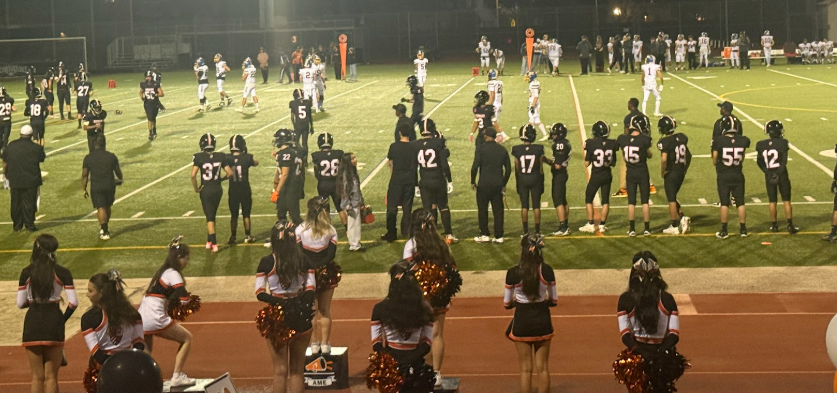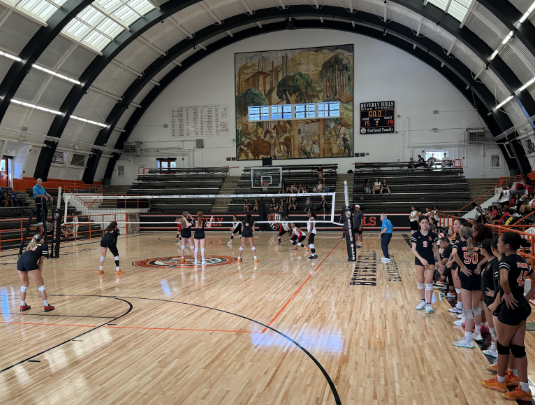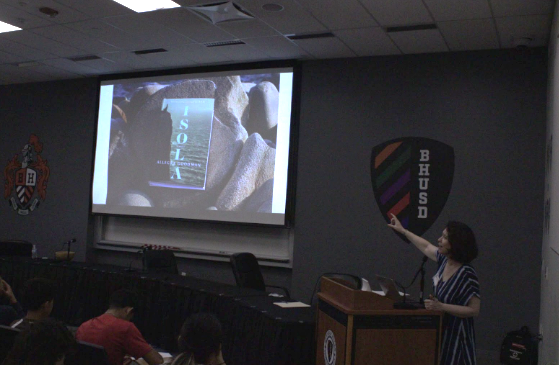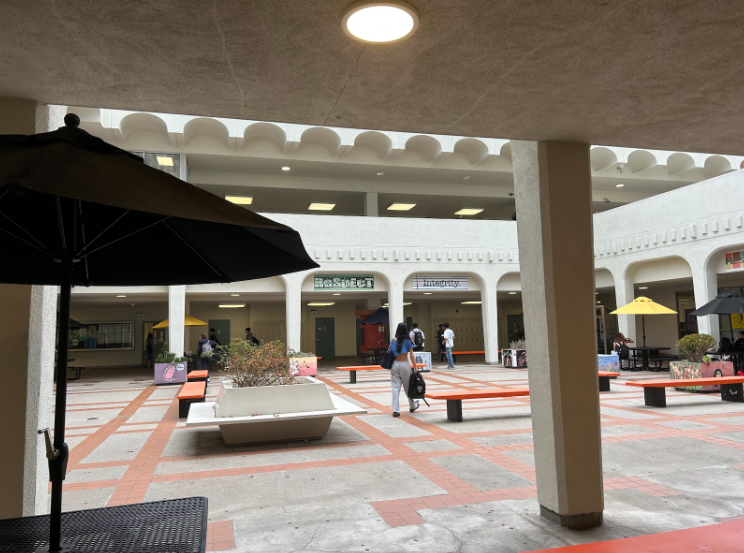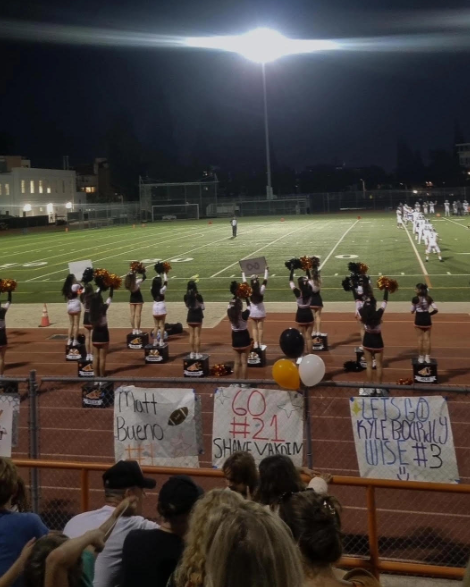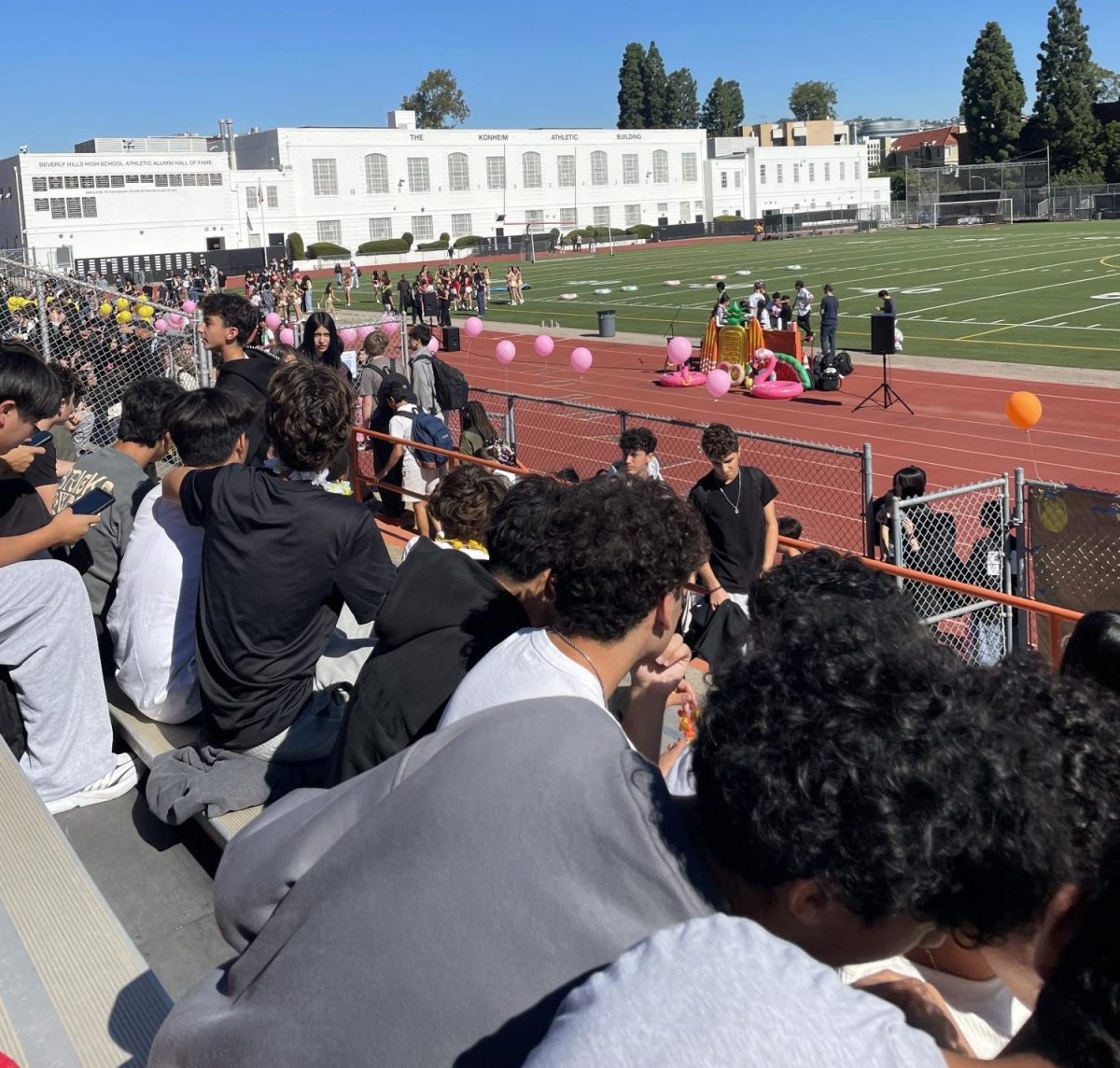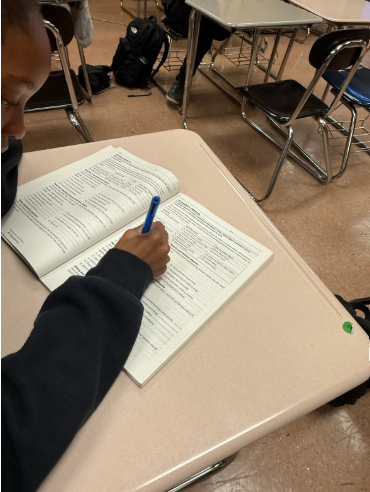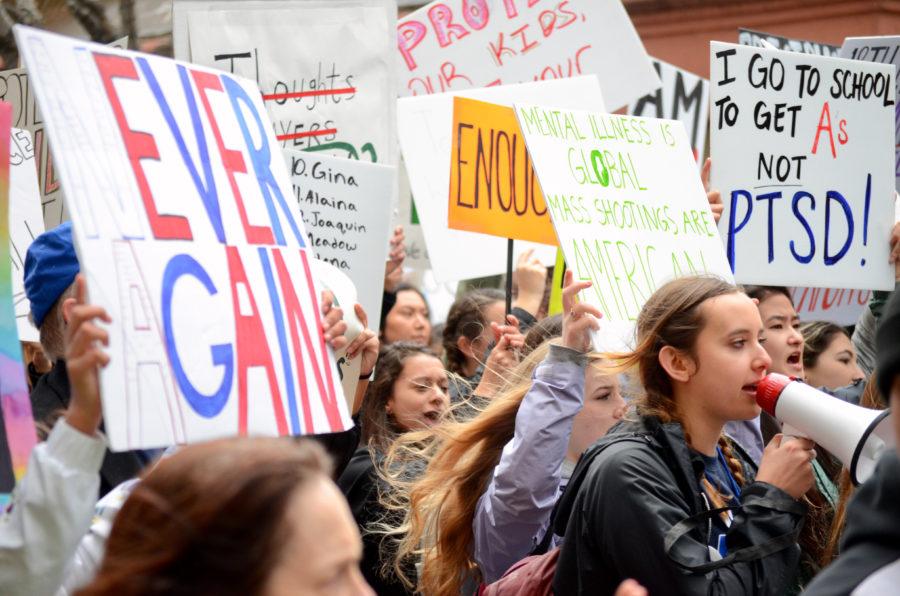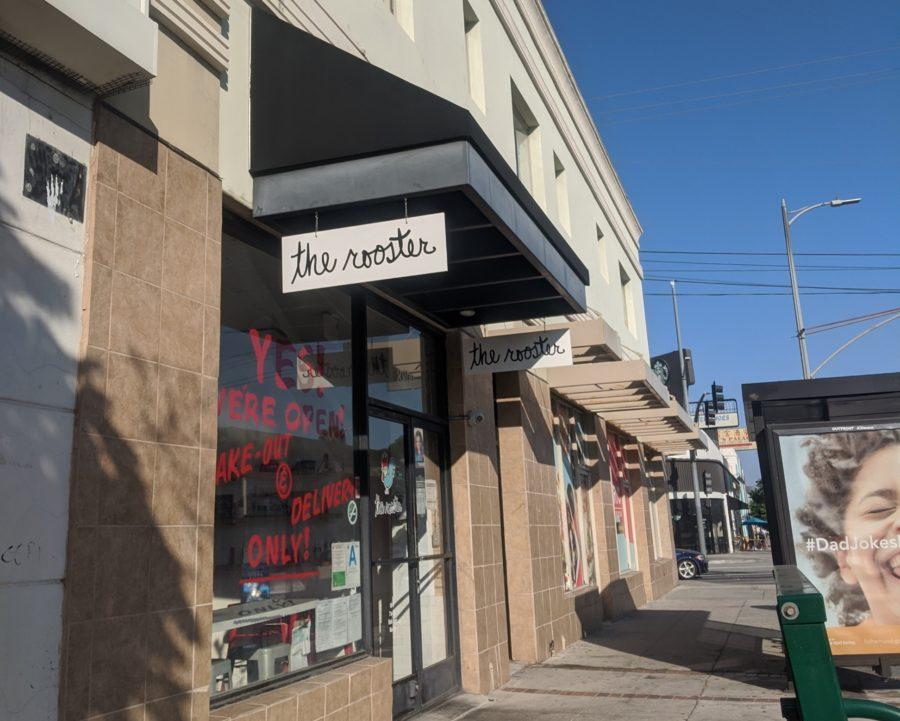Explanation of Trump’s travel ban
Ben Dahan news editor
Natasha Dardashti social media editor
On Friday, Jan. 27, President Donald Trump signed an executive order restricting immigration and travel from seven Muslim majority countries–Syria, Iraq, Iran, Libya, Sudan, Somalia and Yemen– for 90 days in order to give time for stricter federal vetting processes. The ban sparked nationwide controversy and has since been put on a nationwide halt.
 The order, named “Protecting the Nation from Foreign Terrorist Entry into the United States,” cites concerns of the public safety arising from potential terrorists coming from these countries.
The order, named “Protecting the Nation from Foreign Terrorist Entry into the United States,” cites concerns of the public safety arising from potential terrorists coming from these countries.
The order has been called a “Muslim Ban,” arriving from Trump’s proposal during his campaign to institute such a ban, and Trump’s stated preference in allowing Christians to enter from the banned Muslim majority nations.
The order faced almost immediate legal opposition in the form of lawsuits on behalf of afflicted travelers throughout the states, including a judgement on Jan. 28 by Federal Judge Ann Donnelly, ruling that those who had left for the states prior to the order’s signing could not be deported to their home countries.
The Obama-appointed acting Attorney General, Sally Yates, was dismissed by Trump on Jan. 31, for instructing Justice Department officials not to create legal arguments to defend the order.
The states of Washington and Minnesota filed a lawsuit on Feb. 6 claiming that the order had an adverse affect on them, resulting in Federal Judge James Robart issuing a temporary nationwide restraining order on the ban(still in effect at the time of publication), while continuing to hear the case.
Trump lashed out at Robart via his Twitter account, calling him a “so-called judge,” and saying the decision was “ridiculous” and that it deprived the United States from effectively enforcing its laws.
However, the Ninth Circuit Appeals Court, in a unanimous decision from a three-panel judiciary, refused to overturn the restraining order and reinstate Trump’s travel ban. They ruled that there was no evidence of a national security danger to justify the order.
Trump immediately protested this decision and promised to fight, presumably in an appeal. “See you in court,” read the president’s tweet.
However, the Justice Department has not yet moved toward appealing the decision to the Supreme Court, which now only has eight justices. If a judgement resulted in a four-to-four tie should occur, the restraining order would remain in place.
The ban faced challenges in the form of public outcry as well, resulting in outbreaks of protests at international airports across the nation, notably at LAX in California, JFK in New York and Dulles in Virginia/Washington D.C. Other national landmarks gave way to protesters too, including the White House and Boston’s Copley Square.
The order also concerns the United State’s policy on refugees, reducing the total yearly intake of refugees in the country by half, to 50,000, and banning almost all refugees from entering the country for 120 days. The executive order placed an indefinite suspension to the flow of refugees from Syria, ending once the screening process and security apparatus in Syria is deemed adequate by the White House.
Confusion about green card holders has followed the ban since its release. Immediately after the release of the ban, Trump’s chief of staff Reince Priebus has revised his statements on the status of green card holders. At first, Priebus claimed that green card holders would face no effects from the order, but later changed his wording.
However, it has now been made clear that green card holders, as well as dual-nationals with passports from a non-banned country, those who were translators for the United States in Iraq, and those with valid visas are exempted from the ban.
On Thursday, Feb. 16, Trump announced in a press conference that he would rescind the order and roll out another one sometime next week which will address the challenges that lead to the institution and upholding of the original travel ban’s restraint.
“We are going further — we’re issuing a new executive action next week that will comprehensively protect our country,” Trump said. “So we’ll be going along the one path and hopefully winning that.”
Muslim student on travel ban: Amanda Lee’s story
Priscilla Hopper staff writer
As both a Muslim and homosexual, junior Amanda Lee expresses her views on President Donald Trump’s travel ban.
OPINION: Underlying hypocrisy of the travel ban protests
Ben Shofet co-editor-in-chief
In his first week in office, President Trump signed an executive order which barred travel from seven Muslim-majority countries in the Middle East.
Immediately after Trump’s temporary 90-day travel ban was put into place, protestors rallied together at airports across the nation. Protesters were holding signs that read “Refugees are welcome here” and “I guess we are doing this every week now.”
What is troubling is that during Obama’s presidency, there were never nationwide protests opposing his immigration policies. In 2011, when Obama halted the immigration of all Iraqi immigrants for six months, there were no protests against his actions. But when Trump enacted his travel ban, thousands across the nation rallied against him.

The goal of this article is not to defend Trump’s executive action. What I am trying to do is put into question whether or not the motives of the people protesting are to protect immigrant rights or to defy Trump.
In September 2015, Obama announced that the United States will take in 10,000 Syrian refugees in 2016. But when the administration had only accepted about 1,700 refugees by the end of April, there was no public opposition.
By the end of his presidency, it was calculated that Obama has deported about 2.5 million immigrants without proper legal status or documentation from the U.S., more than any of his predecessors. Where was the march on Washington protesting his immigration policy?
Just this past week, the U.S. Department of Homeland Security (DHS) Immigration and Customs Enforcement conducted raids across the nation with the intent of deporting illegal immigrants without proper legal status or documentation.
According to the Chicago Tribune, the DHS said that these raids are not a result of Trump’s presidency and that these same exact raids occurred during Obama’s presidency. However, that did not stop protesters from organizing in New York City all the way to Los Angeles to challenge the policy that existed during Obama’s presidency.
For the American people to protest only against Trump’s immigration policies and remain idle as Obama did nearly the same exact thing for eight years is as hypocritical as it gets.
Why did the majority of the American people sit and watch as the Obama administration raided the homes of families with illegal immigrants without proper legal status or documentation? Why did those who protested in New York and Los Angeles only now oppose a policy that has been in place for years?
Long after Trump leaves office, there will be presidents whose immigration policies could be even more unpopular than Trump’s, and if those policies are not met with the same level of opposition as Trump received, then there is a great problem in this nation.







